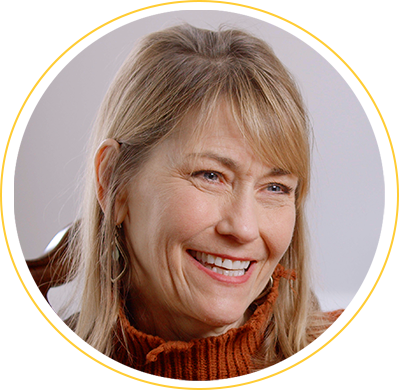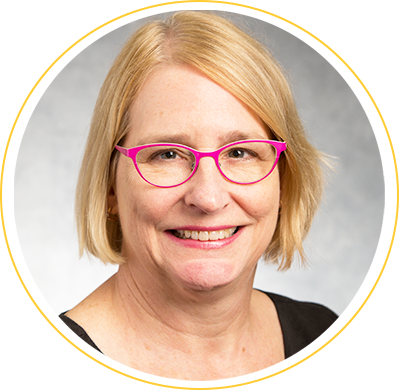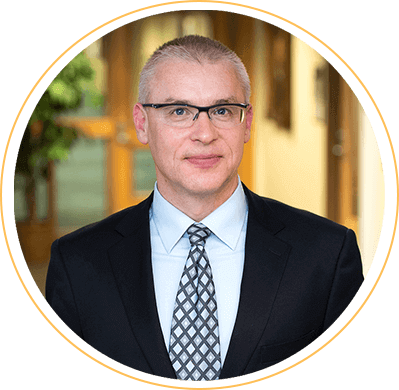

At just 12, Sue Rockers got “terrifying” news. She had Type 1 diabetes.
The little girl who dreamed of being a teacher raised her sights: Making sure this dangerous disease would not stop her from running, skiing, swimming or anything else.
There was only one problem: This super active Minneapolis wife, mom and school nurse got so good at managing her disease that it was hard to find a doctor who knew more.
Until she met Dr. Elizabeth (Betsy) Seaquist, a diabetes clinician and researcher at the University of Minnesota.
“I kept seeing her name on clinical trials,” Sue says.
Observes Dr. Jakub Tolar, Dean of the University of Medical School: “With Dr. Seaquist on your side, diabetes is something you see in your peripheral vision, not something that dominates every moment of your life.”
Some thirty million Americans suffer from diabetes. Sue is among the 10 percent that battle the more formidable Type 1.
Her immune system, for some reason, destroys the beta cells that make insulin. And without that hormone, her body can’t break down, let alone regulate, the sugars (sucrose) she needs for energy.
“People with Type 1 diabetes will die in a few days if they don’t get insulin,” says Dr. Seaquist.

Much has changed since Sue first started managing her disease. And she and Dr. Seaquist have been a part of some of the breakthroughs.
Both, for instance, were involved in a study using a nasal spray that could deliver a a glucose-raising hormone to patients who lose consciousness.
“In the old days, it only came in a syringe,” Dr. Seaquist says. Which made it daunting, if not impossible, for people already traumatized by seeing their loved one on the floor to mix and inject.
Another study the two were involved in looked at the brain’s role in alerting people to low blood sugar. Over time, some diabetics, Sue included, lose that ability – and protection.
“It’s very dangerous,” Dr. Seaquist says. “You can have accidents and get injured.”

And then there’s their work as doctor and patient. It was a big day when Sue, always on top of things, turned the settings on her insulin pump over to Dr. Seaquist.
“It’s never worked better,” Sue says. “Now I don’t let anybody else touch it.”
Says Dr. Seaquist: “Someday we need a cure. But, for now, I’m more interested in fixing the therapies we have and helping people live” big. Like Sue.

As a school nurse, Sue especially likes working with newly diagnosed diabetics. She’s here -- not just to say, but to show, by wearing her insulin pump on the outside of her clothes -- that, as terrifying as diabetes is, it can be beaten and you can live the life you want to live.
Nowhere has she set a bigger and better example than with her own son who first showed signs of developing the disease in fifth grade. “I wanted to give him my good looks and personality. Not my diabetes,” she says. But, when he was diagnosed in college, he called and said: “Now I can stop worrying about it and be just like you.”
The technology Sue uses to continuously monitor her glucose is now being used by hospitals across the country when treating diabetes patients who have COVID-19. Using continuous glucose monitors reduces the patients’ risk of hypoglycemia and improves overall glucose levels. It also helps hospitals because they can monitor patients from outside of their room and conserve the limited supplies of personal protective equipment.
People with diabetes are at greater risk for poor outcomes from COVID-19. To protect patients, the M Health Fairview Diabetes and Endocrinology Clinic went virtual in March at the beginning of the pandemic in the U.S.

Patient | Minneapolis, MN
“One of the things that I told myself from the very beginning is that no one’s going to tell me I can’t do something because of [my diabetes]. I will prove them wrong. So, I have never said no to something because of my diabetes.”

Professor of Medicine, Pennock Family Chair in Diabetes Research, Division of Diabetes, Endocrinology and Metabolism; Vice Chair, Clinical Affairs; Associate Dean for Medical Subspecialties & Primary Care; Chief, Medical Subspecialty Service line - M Health Fairview
“It’s an incredible opportunity to look into someone else’s life and figure out how you can help them.”

Dean of the University of Minnesota Medical School
When patients and doctors partner together on care, we get the best results. Sue's experience with Dr. Seaquist is a perfect example of how academic medicine makes a difference in people’s lives. Dr. Seaquist’s scientific understanding of diabetes and her drive to research improved therapies came together to help give Sue and her son the freedom to enjoy their active lifestyle.
Inspired
M Health Fairview Adult Diabetes and Endocrinology Clinic:
M Health Fairview Pediatric Endocrinology Clinic:
University of Minnesota Campus Public Health Office:
U of M Schulze Diabetes Institute: